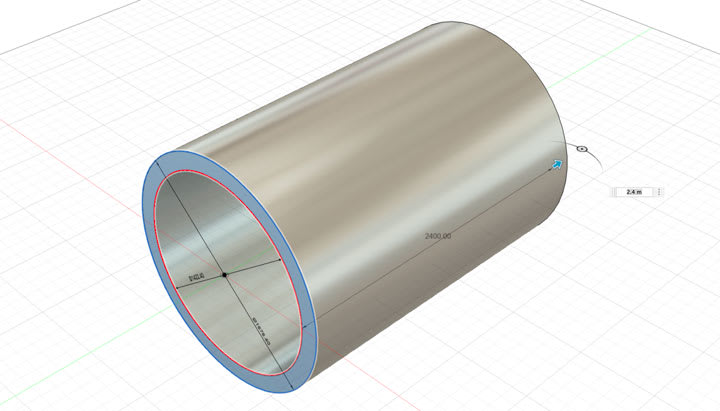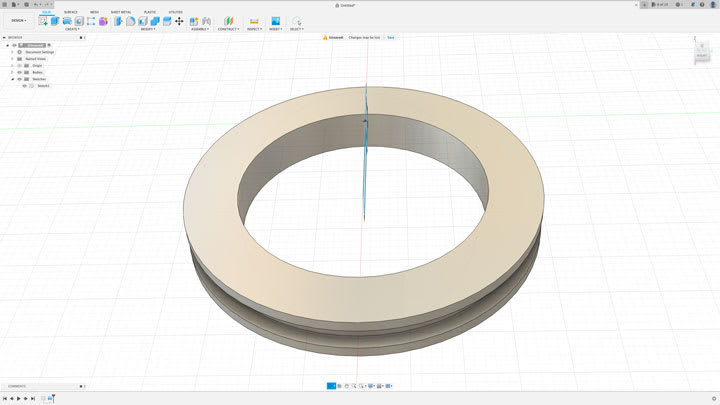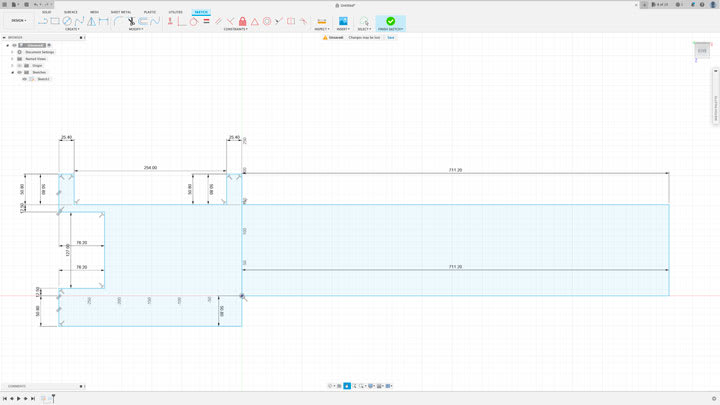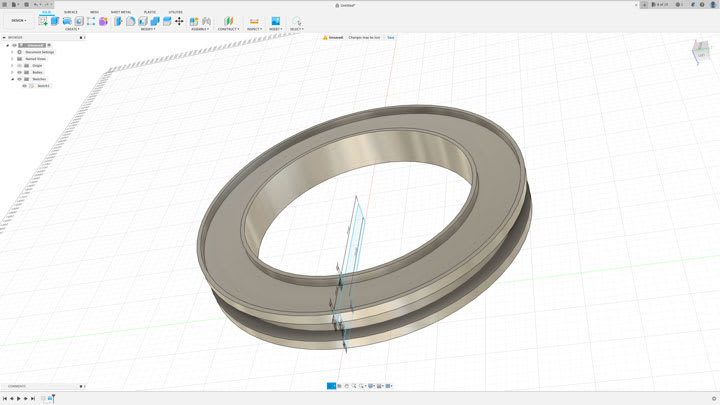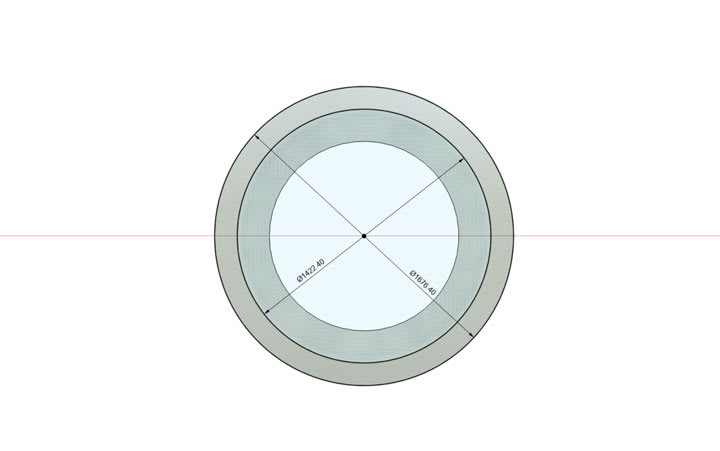Hello Everyone, I am trying to do some calculations on components on the Oceangate Titan sub.
I am a software engineer with a Composites Manufacturing background.
I am trying to calculate the amount of PSI that was on the bonding flange on the Titan sub. I have used the formula 2π(35 + 30)(35 - 30 + ) r1 = 35, r2 = 30 3 = height. r1 = 35 inches, r2 = 30 inches height is 3 inches to calculate the bonding surface area.
I am using 5800 PSI for the pressure.
Sorry I am working in PSI and inches instead of SI units.
In order to calculate the psi on the surface area of the joint bond, I need to calculate the pressure on the hemispheric ends.
I am using Hemisphere Calculator on Calculator soup. I am not sure of which surface area to use.
I understand that I have to multiply the Hemisphere surface area by the depth.
Then Once I know the PSI I can divide this by the surface area of the bonding joint.
Go easy guys and gals I am not a mechanical Engineer.
Any help with the proper formulas needed would be great. Not sure if I am correct with what I have so far.
Thanks
Joe
I am a software engineer with a Composites Manufacturing background.
I am trying to calculate the amount of PSI that was on the bonding flange on the Titan sub. I have used the formula 2π(35 + 30)(35 - 30 + ) r1 = 35, r2 = 30 3 = height. r1 = 35 inches, r2 = 30 inches height is 3 inches to calculate the bonding surface area.
I am using 5800 PSI for the pressure.
Sorry I am working in PSI and inches instead of SI units.
In order to calculate the psi on the surface area of the joint bond, I need to calculate the pressure on the hemispheric ends.
I am using Hemisphere Calculator on Calculator soup. I am not sure of which surface area to use.
I understand that I have to multiply the Hemisphere surface area by the depth.
Then Once I know the PSI I can divide this by the surface area of the bonding joint.
Go easy guys and gals I am not a mechanical Engineer.
Any help with the proper formulas needed would be great. Not sure if I am correct with what I have so far.
Thanks
Joe

